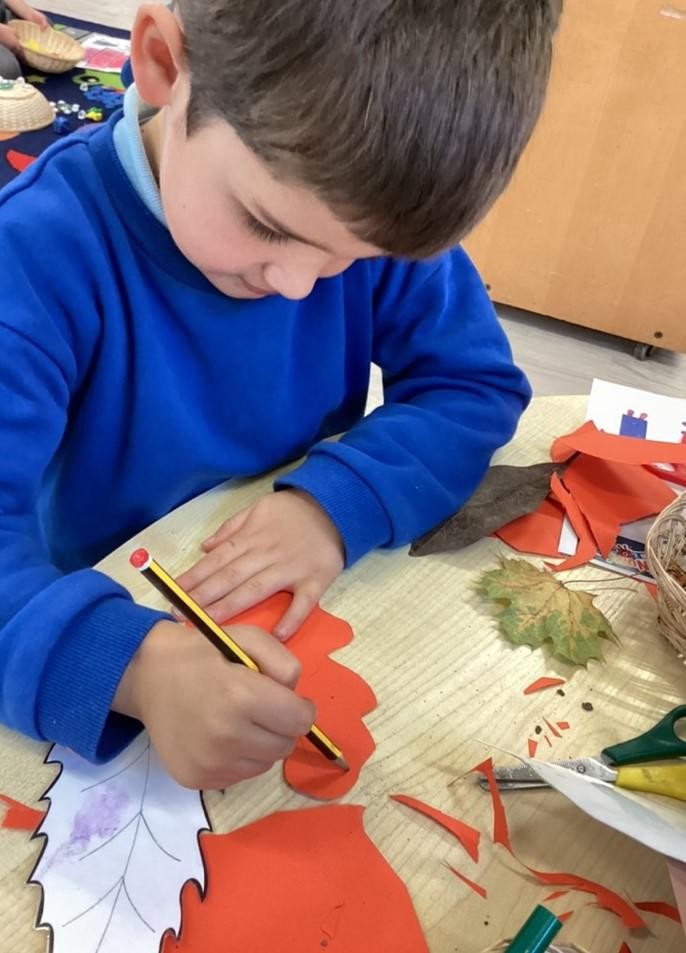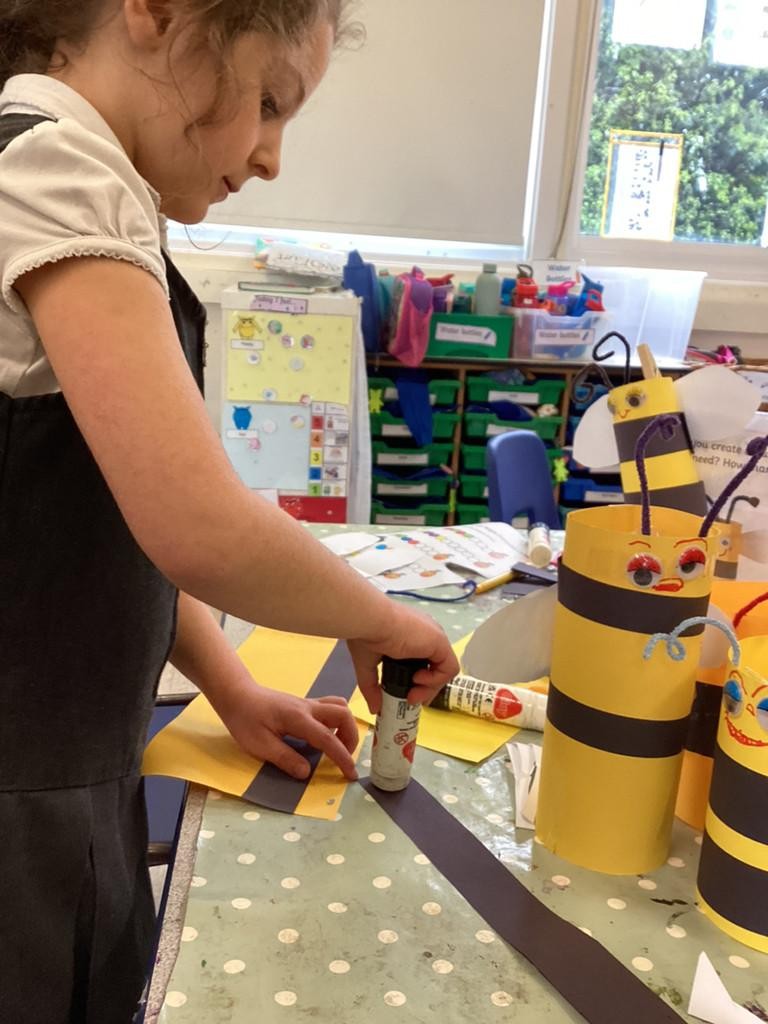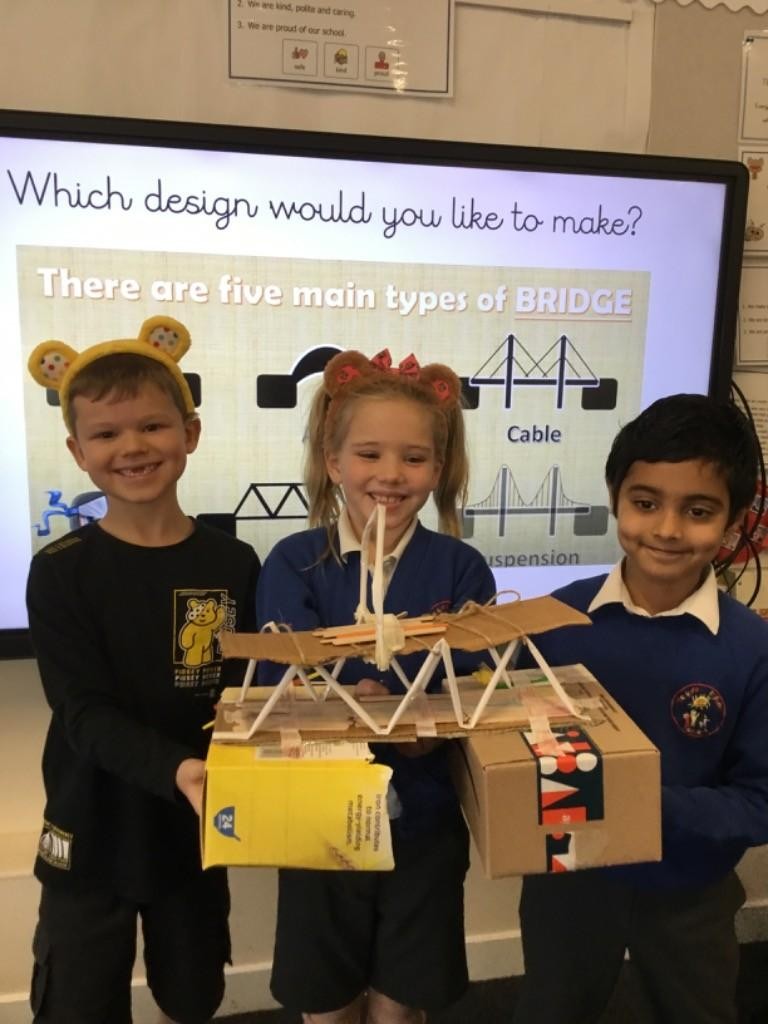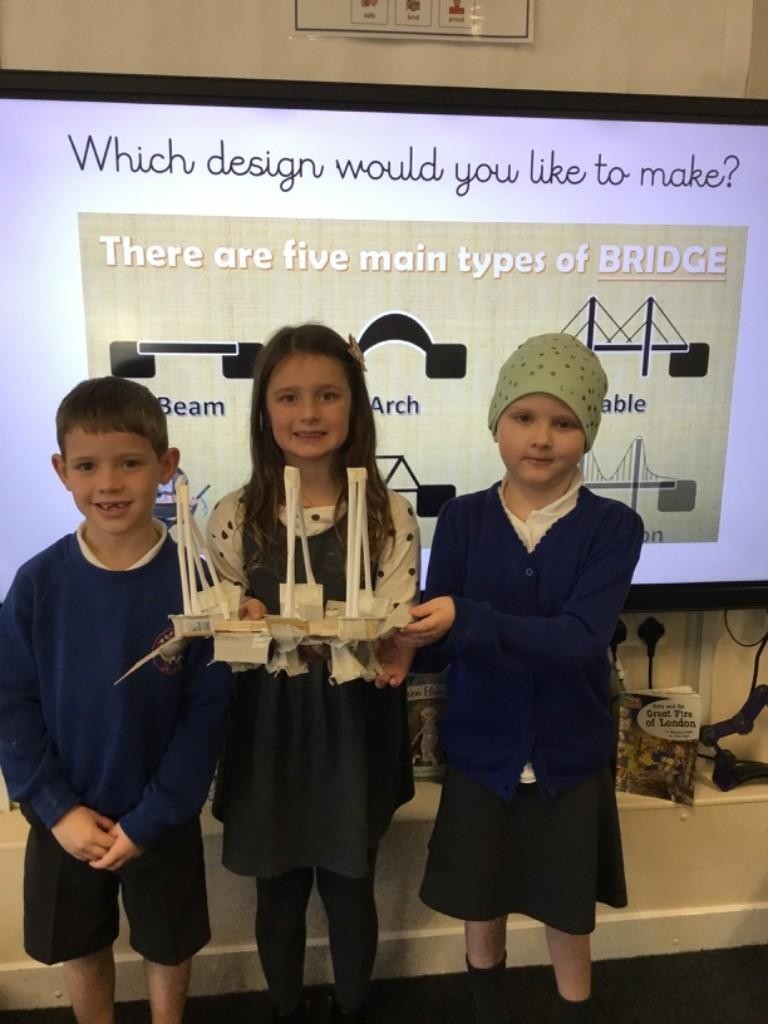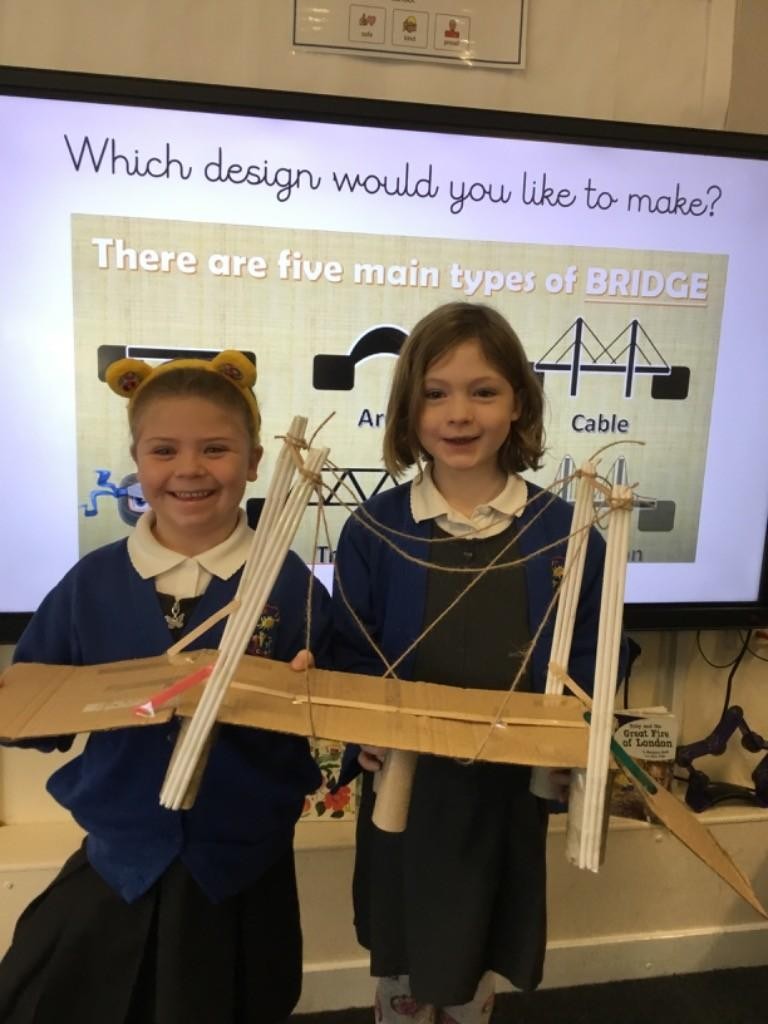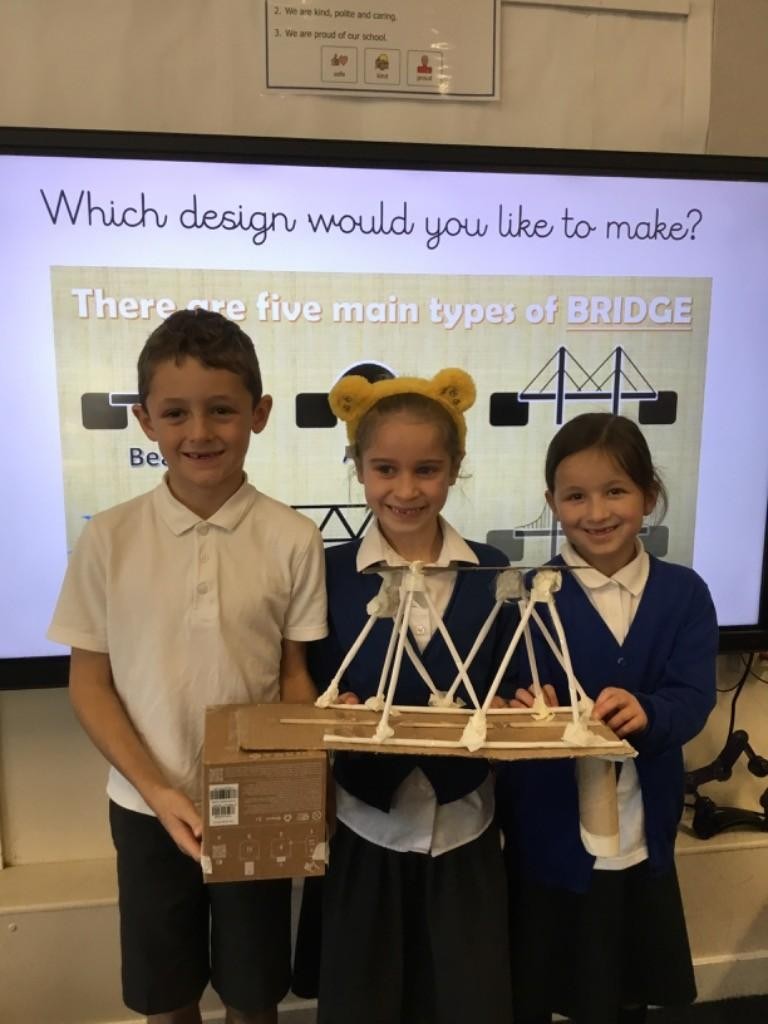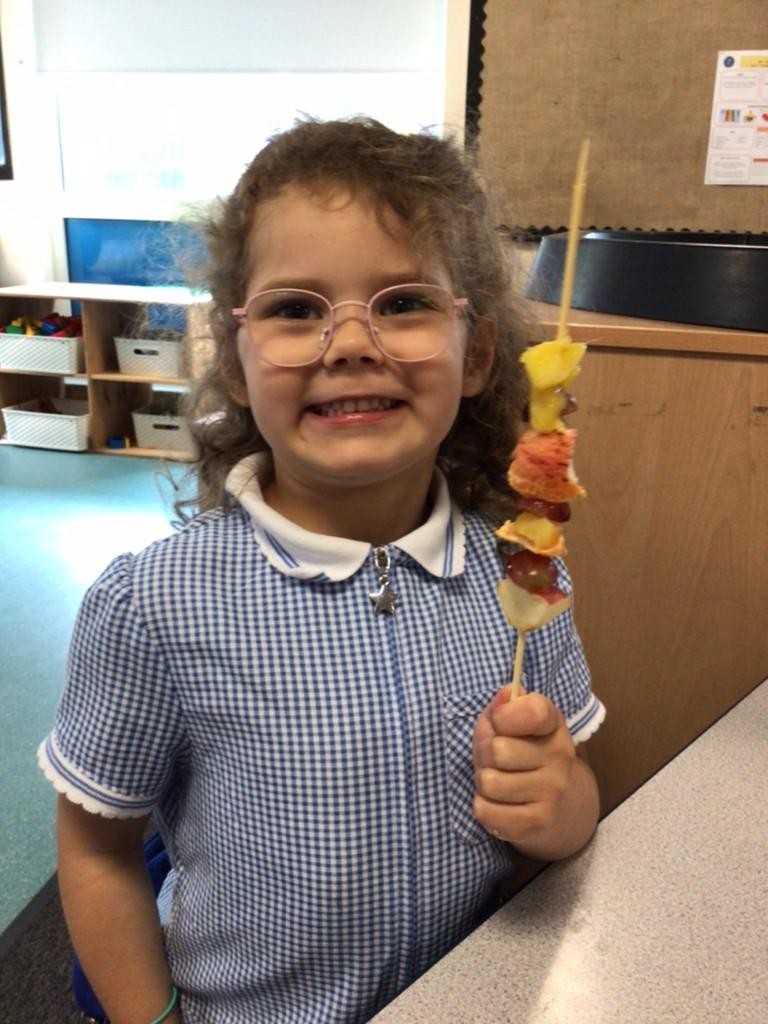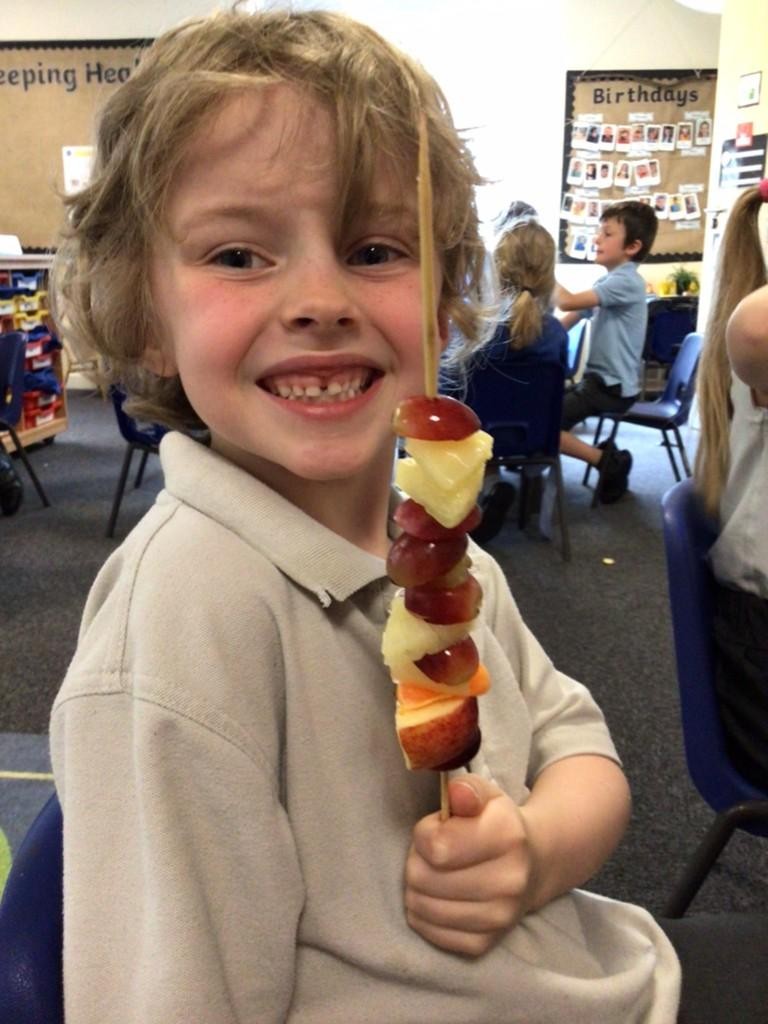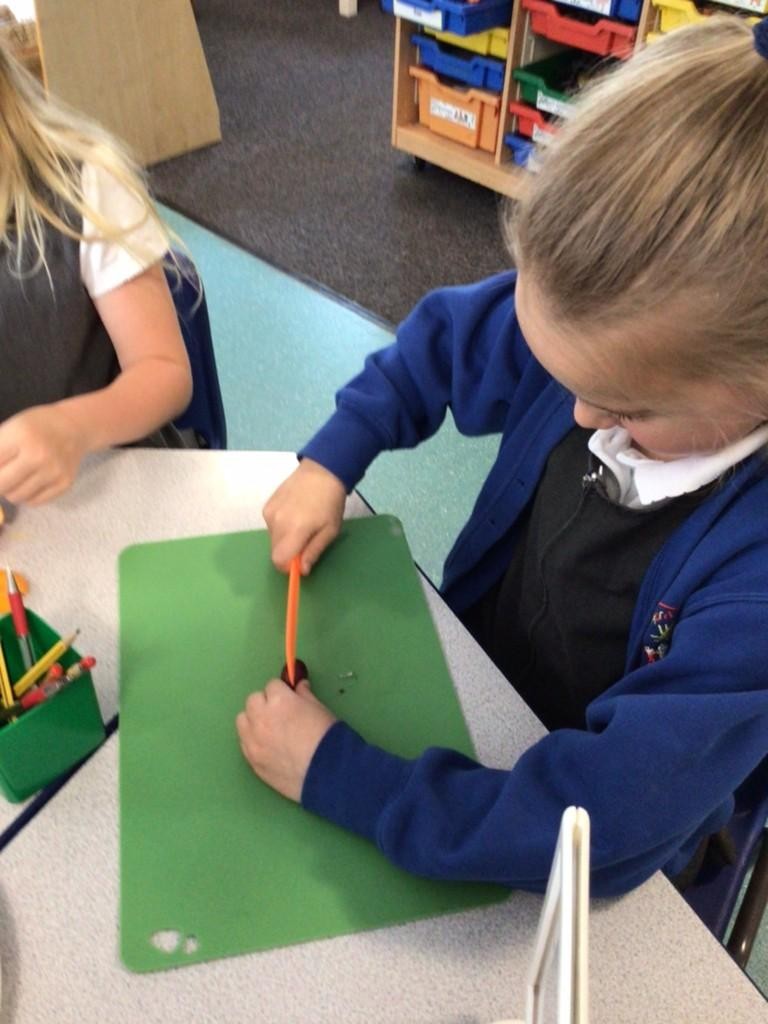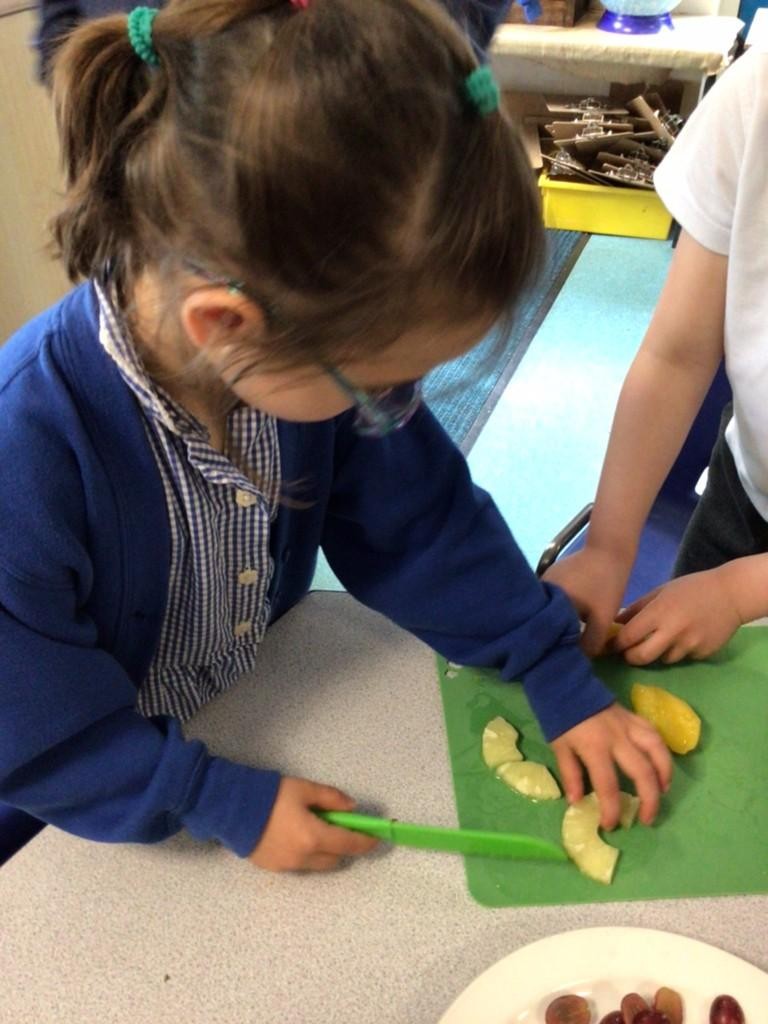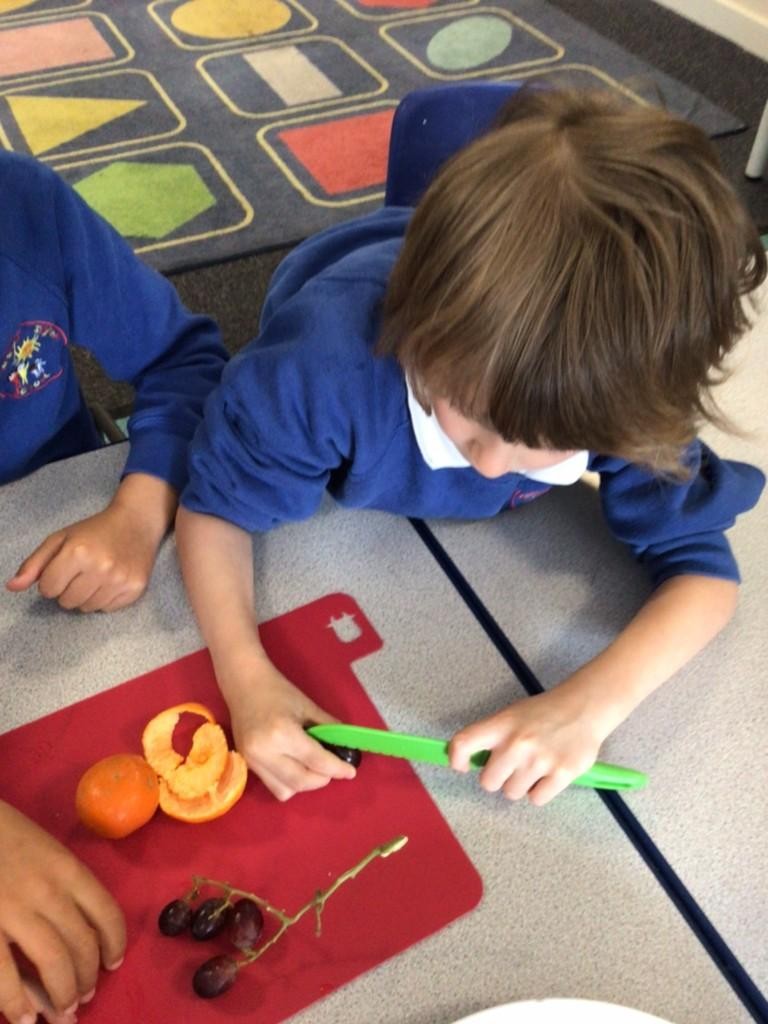This website uses Google Translate
You cannot use this feature without first accepting 3rd Party Cookies.
This website uses Google Translate
You cannot use this feature without first accepting 3rd Party Cookies.
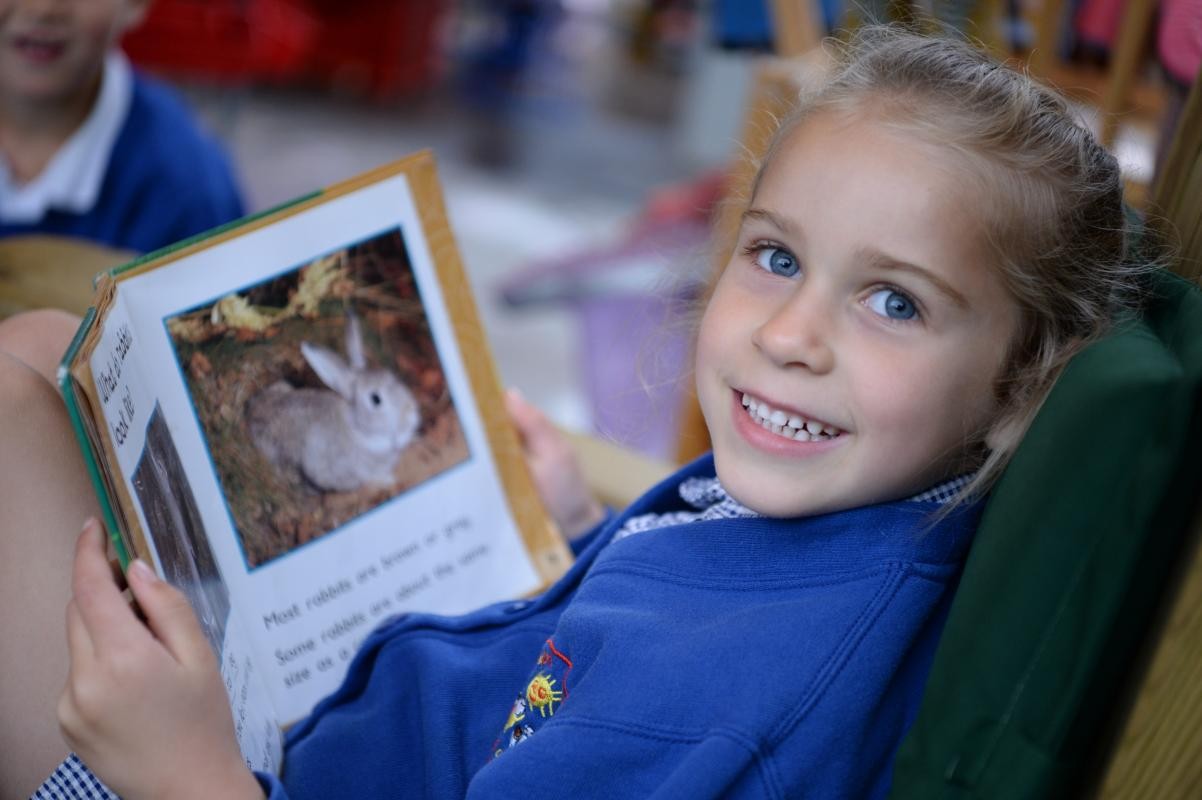

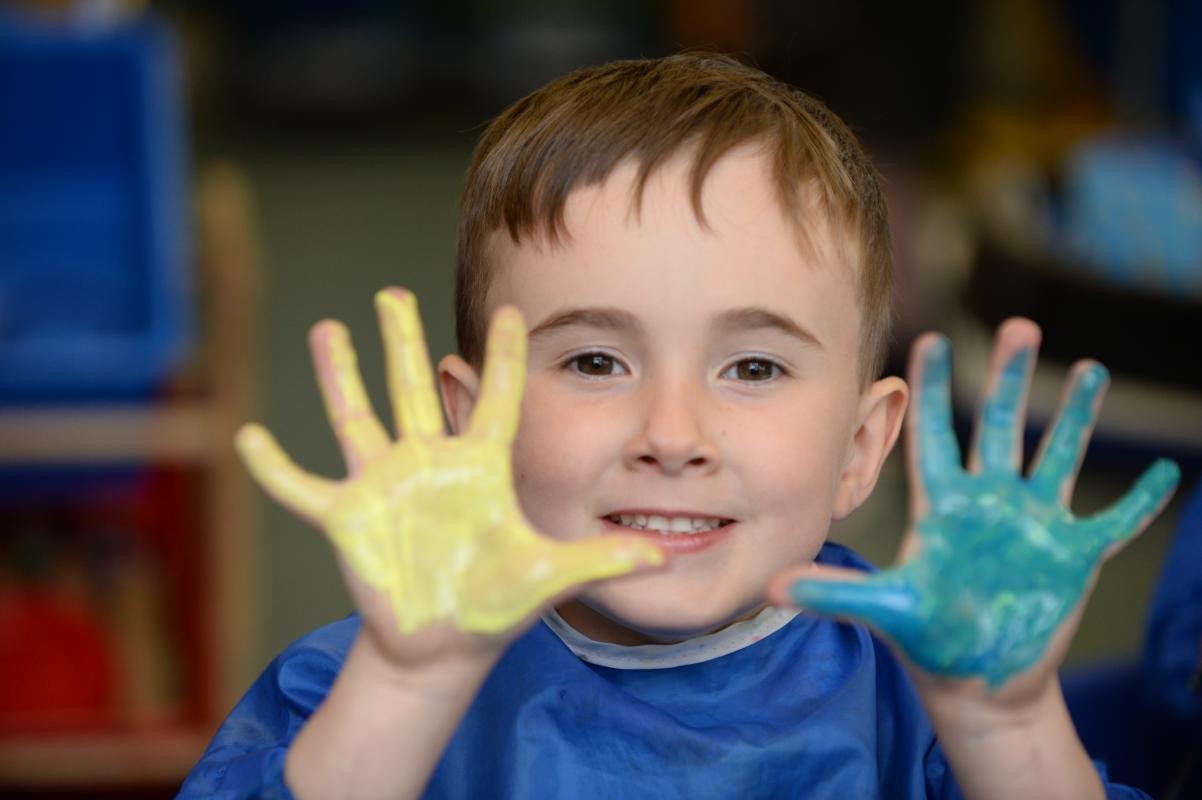
You cannot use this feature without first accepting 3rd Party Cookies.
You cannot use this feature without first accepting 3rd Party Cookies.

Why do we teach Design and Technology?
At TIS our Design Technology curriculum inspires creativity and imagination through evaluation of past and present design and technology and through active, experiential learning. Children will be able to use their own experiences and hands on research into existing designs to talk about what products are, who they are for, the materials they are made from and share their own response to the product. All children, with appropriate equipment and support, will be able to discuss and plan their product design using their knowledge of materials and their different properties and consider the equipment they will need to use. Children will confidently use a range of equipment to cut, shape and join materials together. They will evaluate their product and understand that the design process is cyclical and repeated evaluations and adjustments can be made.
How do we teach Design and Technology?
A focus on oracy means children will be confident with talking about each stage in the design process and visual images will support their recognition of the key skills and steps to the process. This will be achieved through direct teaching of skills and topic-based learning to enable children to build on their knowledge and skills as they progress through the school. To develop a life skill of cooking, we teach children the importance of nutrition and healthy eating and how to use the basic skills and equipment to prepare food. We aim to inspire our children to be the designers and engineers of the future.
How will your child make progress in Design and Technology during their time at Telford Infant School?
We have a clear progression map in place which enables the children to build on the Design and Technology skills they have as they move through the year groups.
In Reception, Design and Technology is not a specific curriculum subject but is embedded in the provision. The children use the indoor and outdoor construction areas and take part in activities such as making bread, making a healthy smoothie and 'Transport Week'.
In Year 1 and 2, the children are taught progressively more challenging skills through sequences of lessons linked to their half termly topic. Children are taught about designers and engineers who have impacted our daily lives and then use the research, plan, make and evaluate process to create their own products.
